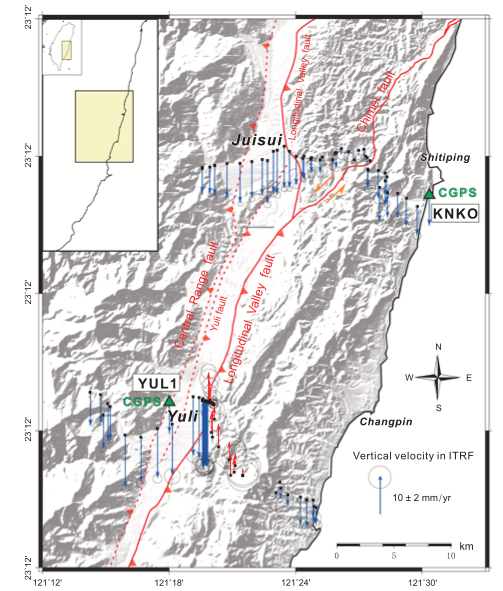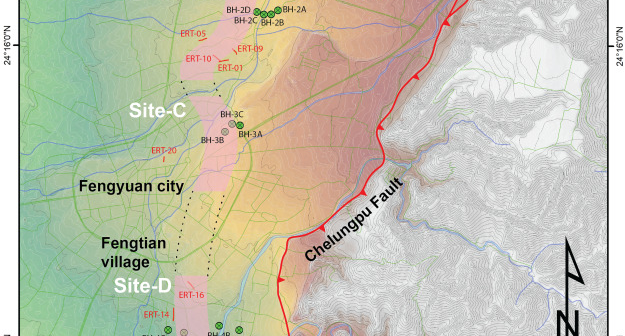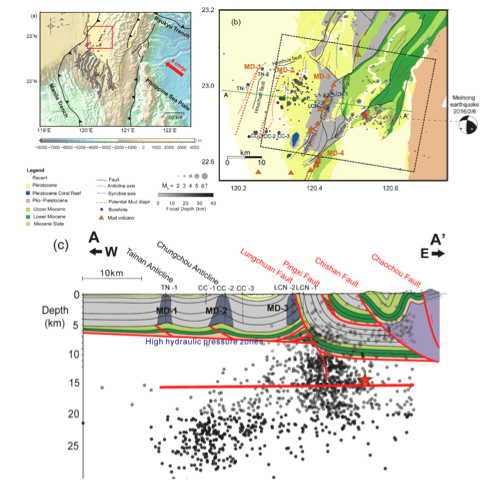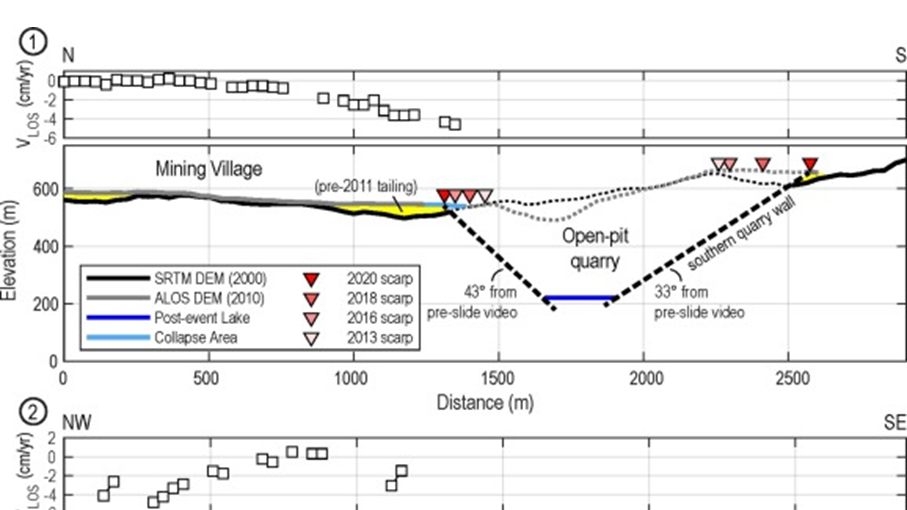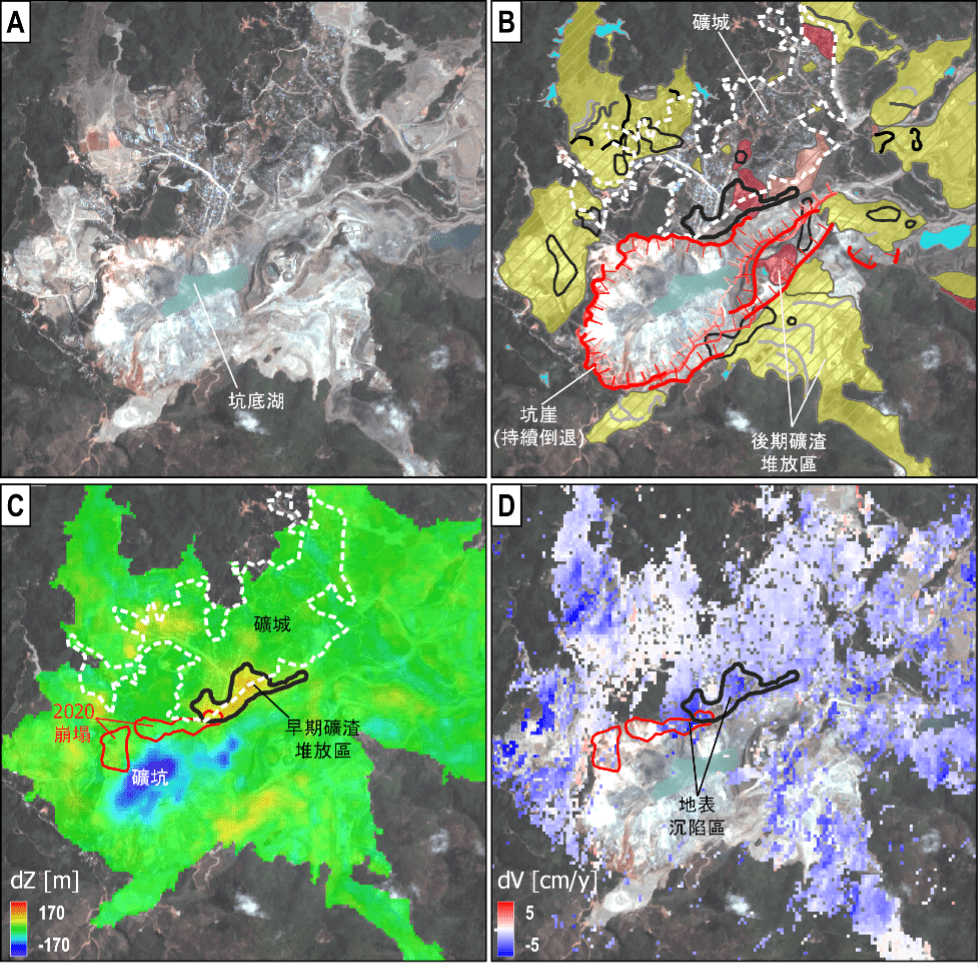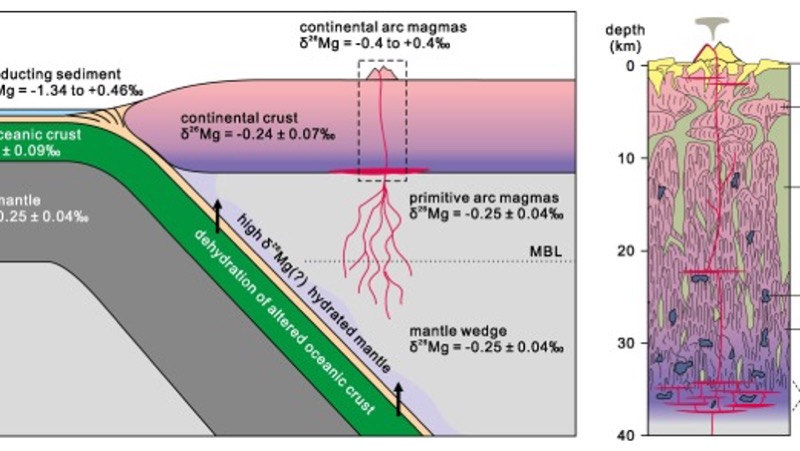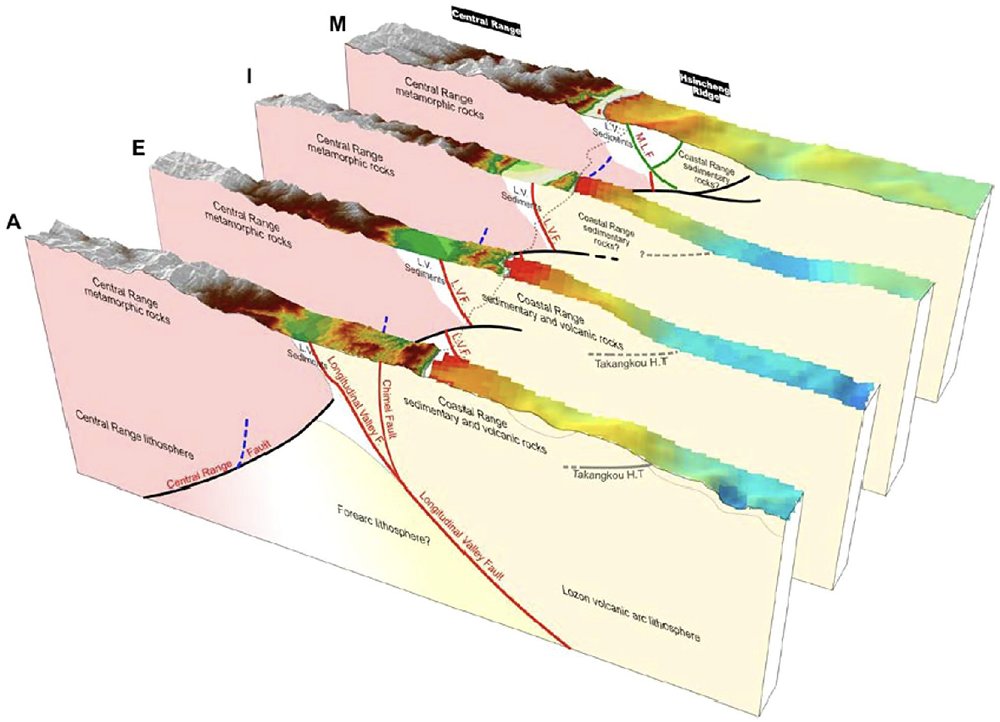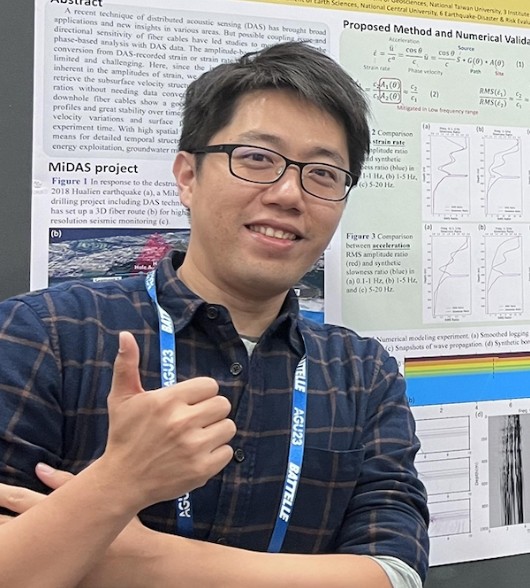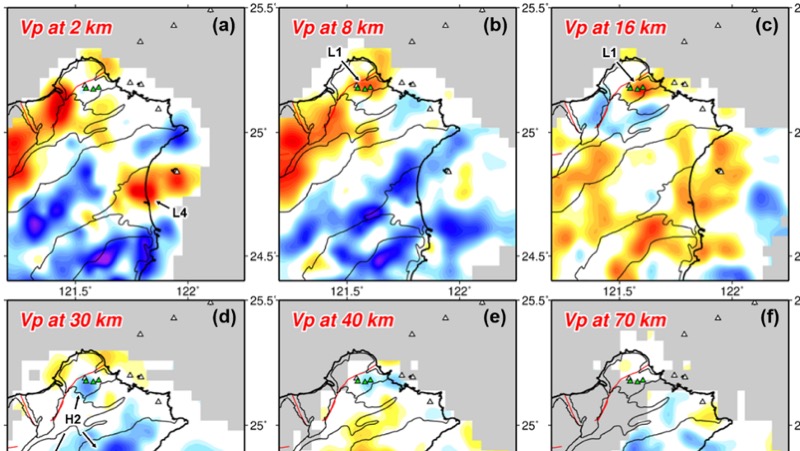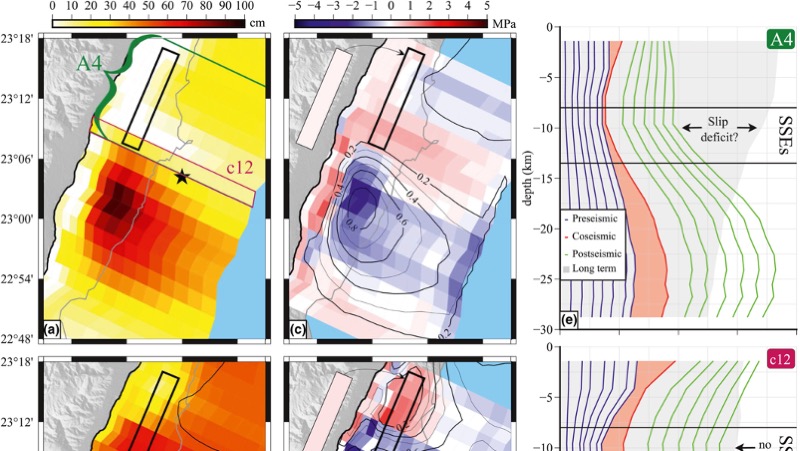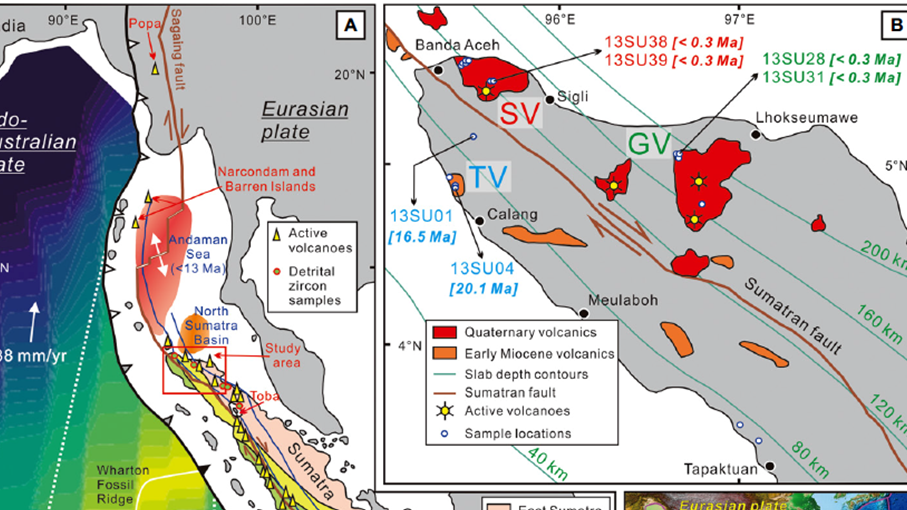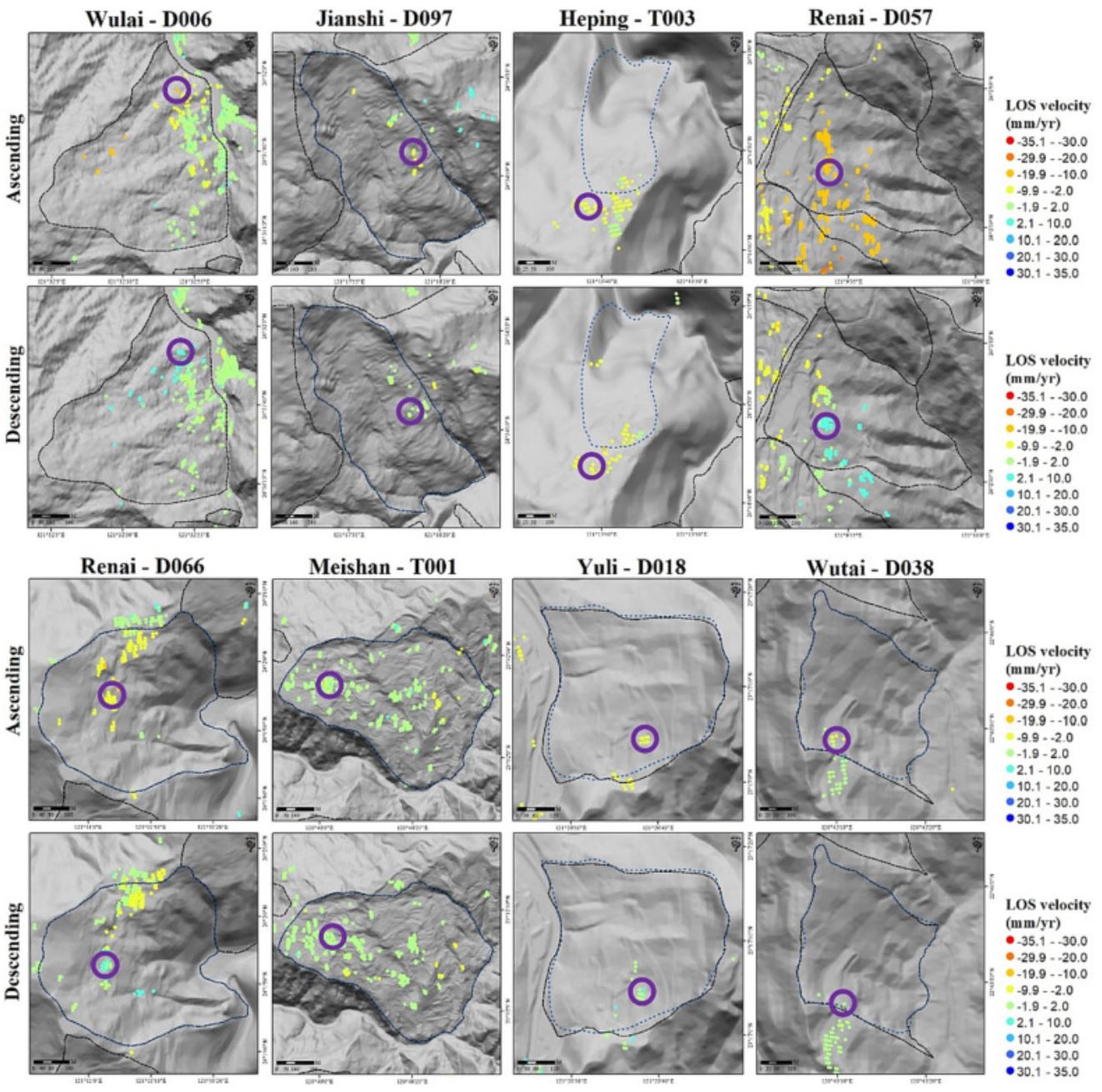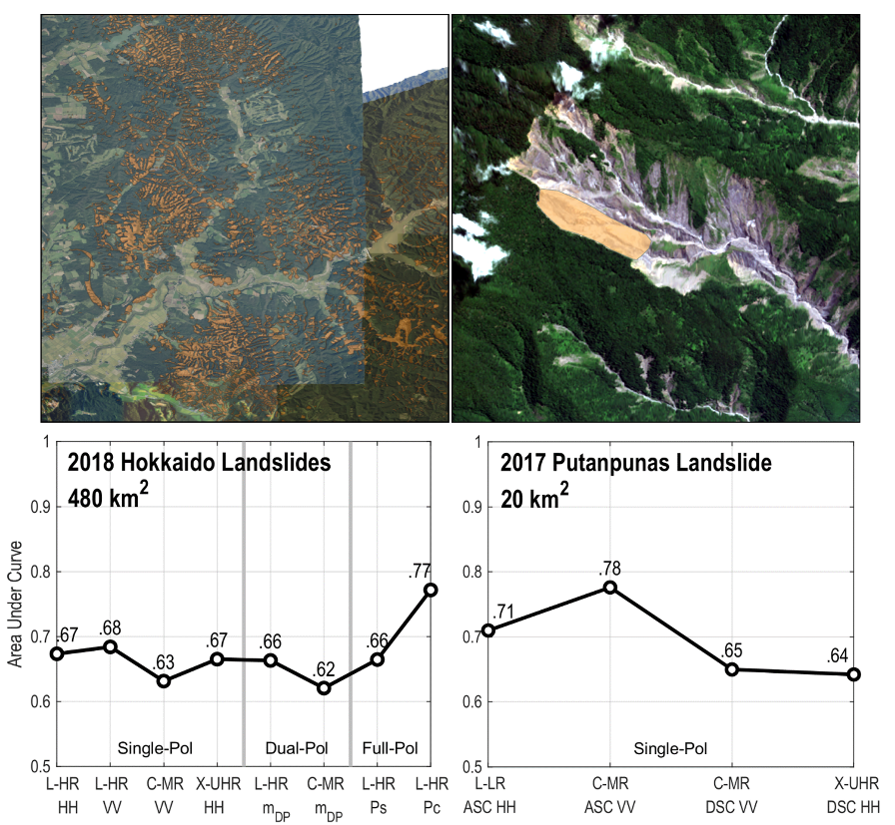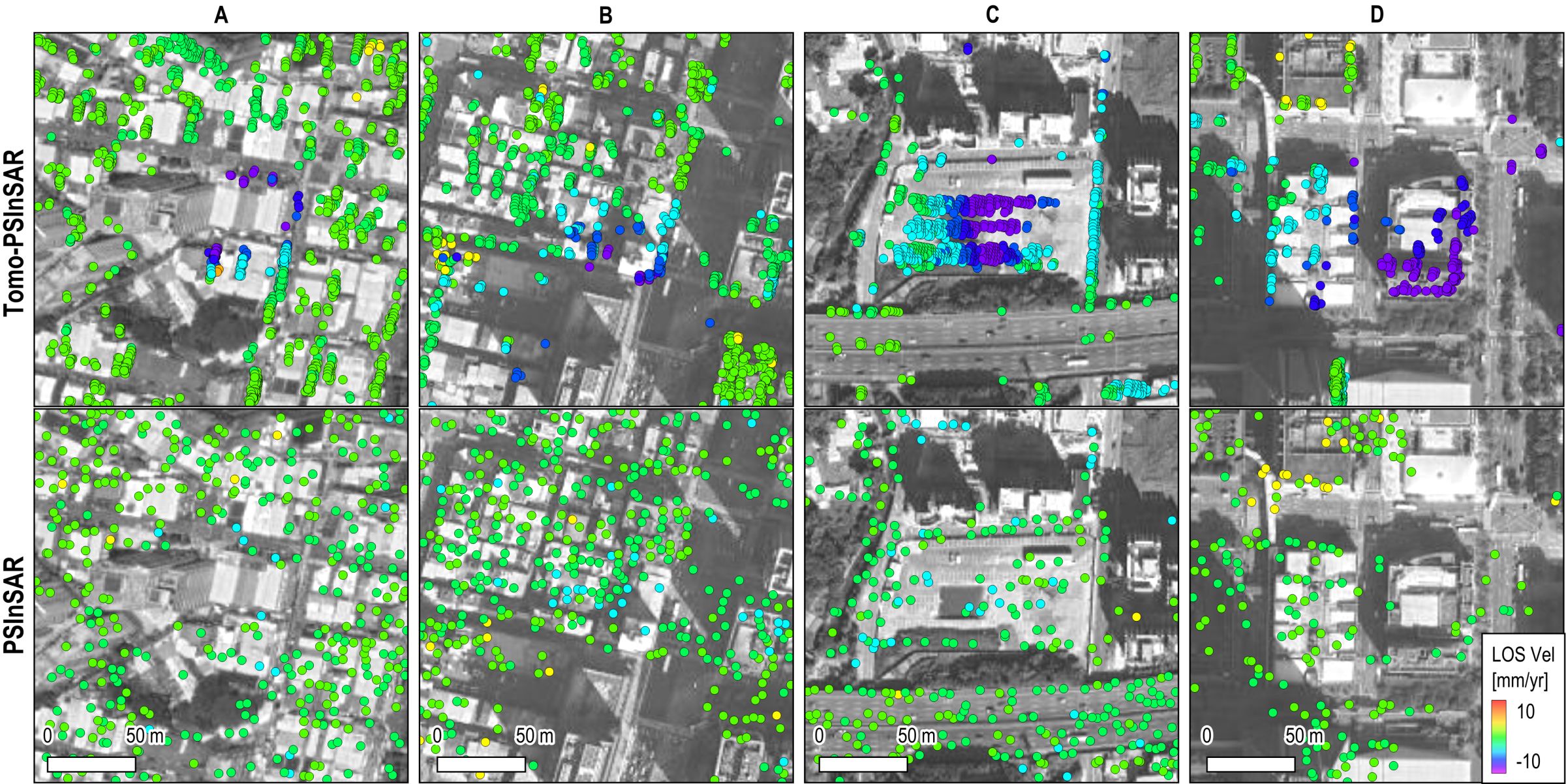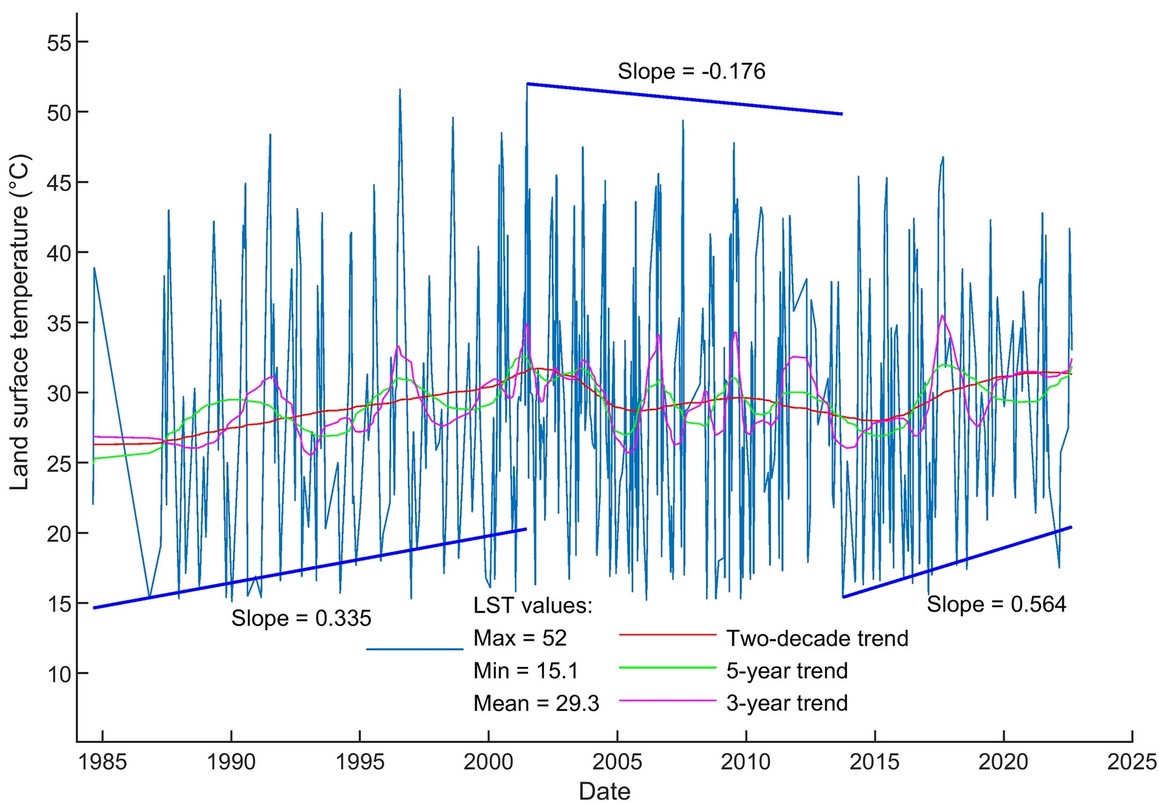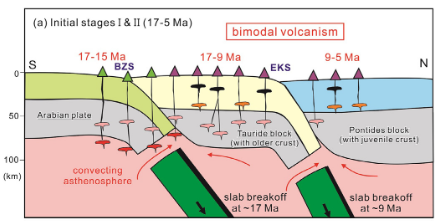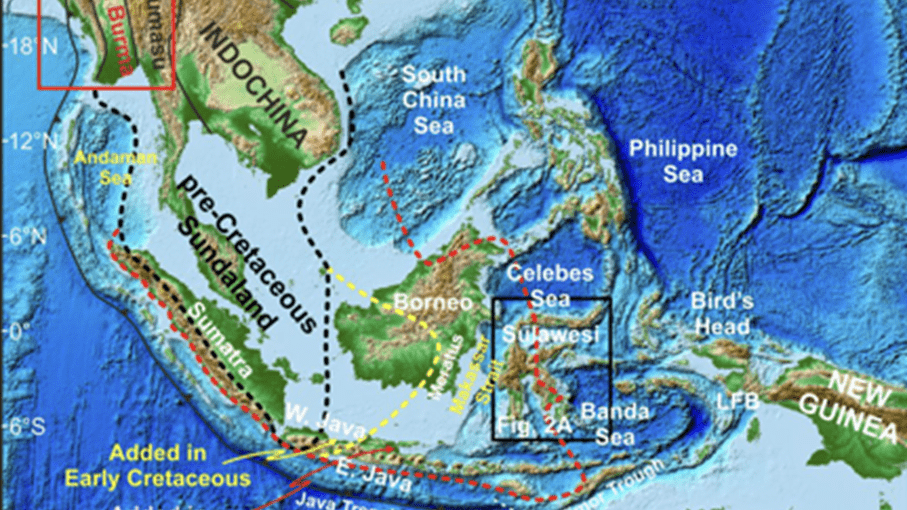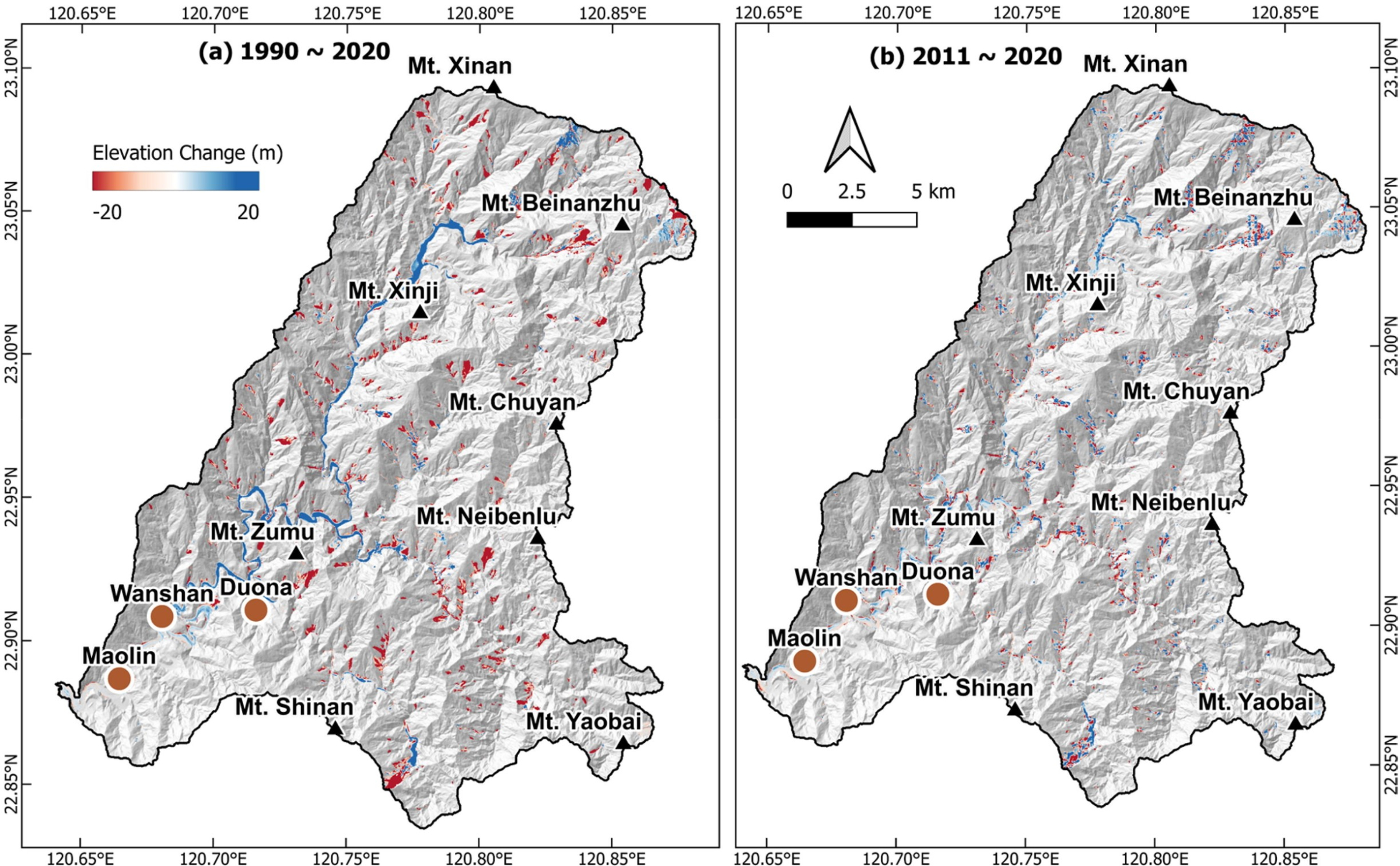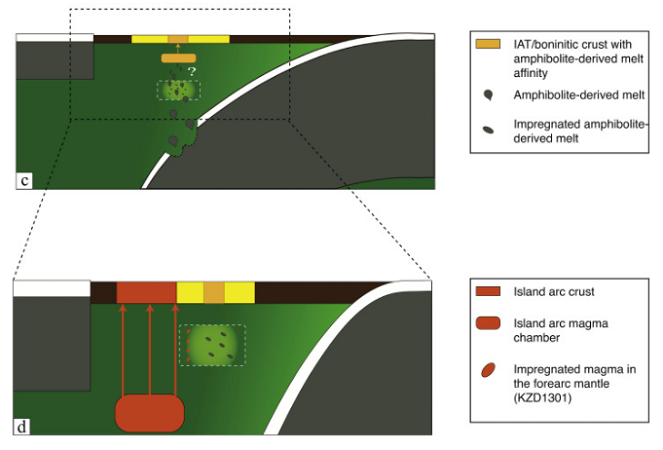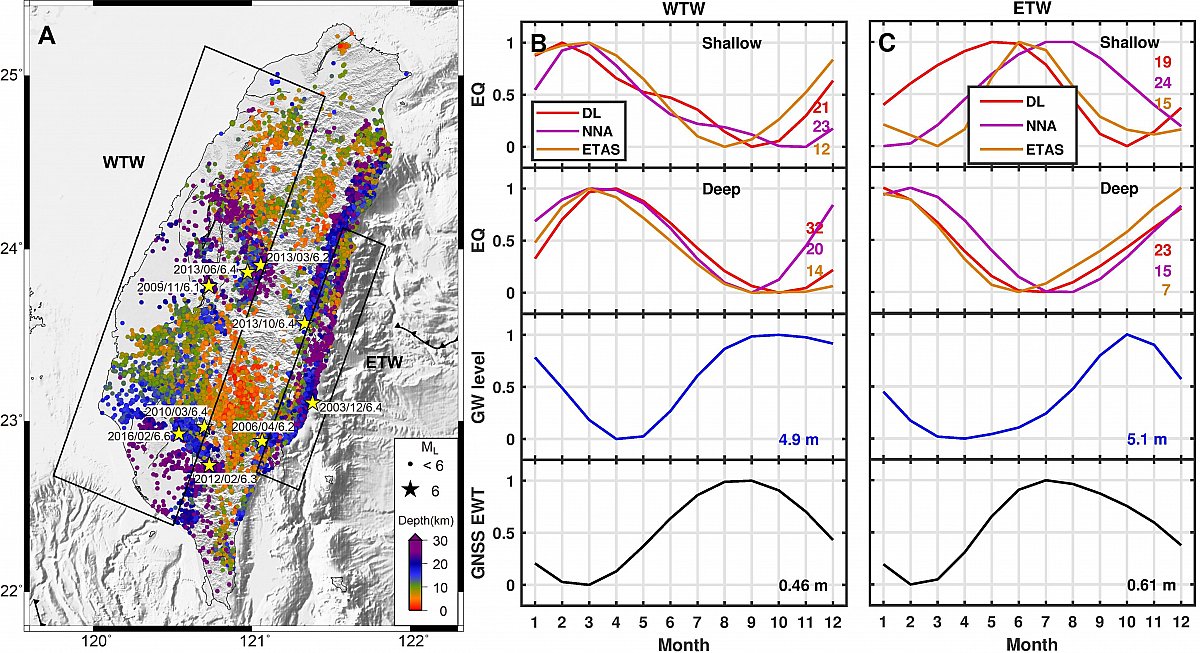Tracing Argoland in eastern Tethys and implications for India-Asia convergence
Incremental accretion of continental fragments from East Gondwana to Eurasia resulted in the growth of Asia and rise of the Tibetan Plateau, yet its detailed evolution remains uncertain. Argoland, a continental fragment that rifted from NW Australia during the Late Jurassic, played a key role in the initial opening of the Indian Ocean and the evolution of eastern Tethys. However, its present identity remains elusive, with East Java-West Sulawesi currently assumed to be the most likely option. To constrain the missing Argoland and its role in India-Asia convergence, we report new detrital zircon data from Sulawesi, Indonesia, and West Burma, Myanmar, and synthesize literature results from relevant regions in Southeast Asia, which (>15,000) reveal age profiles of West Sulawesi, the central Sulawesi metamorphic belt, and southeast Borneo comparable to that of Bird's Head, New Guinea, whereas age patterns of West Burma and East/West Java are similar to those of NW Australia. Notably, the most dominant age populations in NW Australia are rarely detected in Sulawesi and Borneo. These observations, combined with previous geological records and recent paleomagnetic data, suggest that West Burma is the mysterious Argoland, opposing the currently favored East Java-West Sulawesi model, with East Java and West Sulawesi probably having originated from NW Australia and Bird's Head, respectively. We estimate an average northward motion of ∼6–8 cm/yr for West Burma, which split from NW Australia to approach the equator during ca. 155–95 Ma, shedding new light on the reconstruction and breakup of northern East Gondwana, progressive building of Southeast Asia, and India-Asia convergence.
